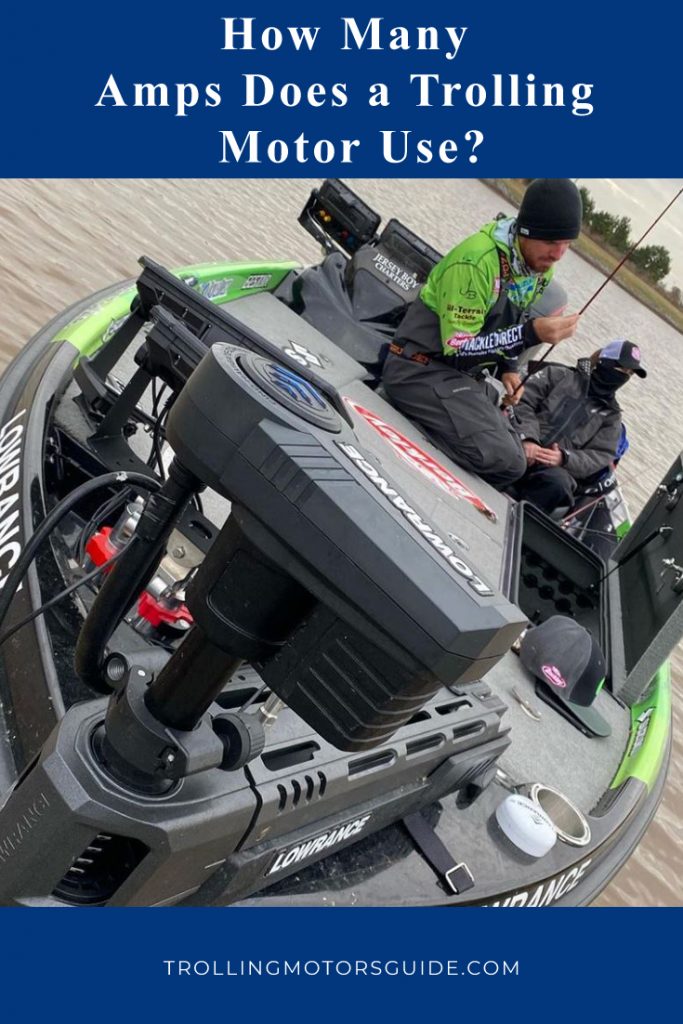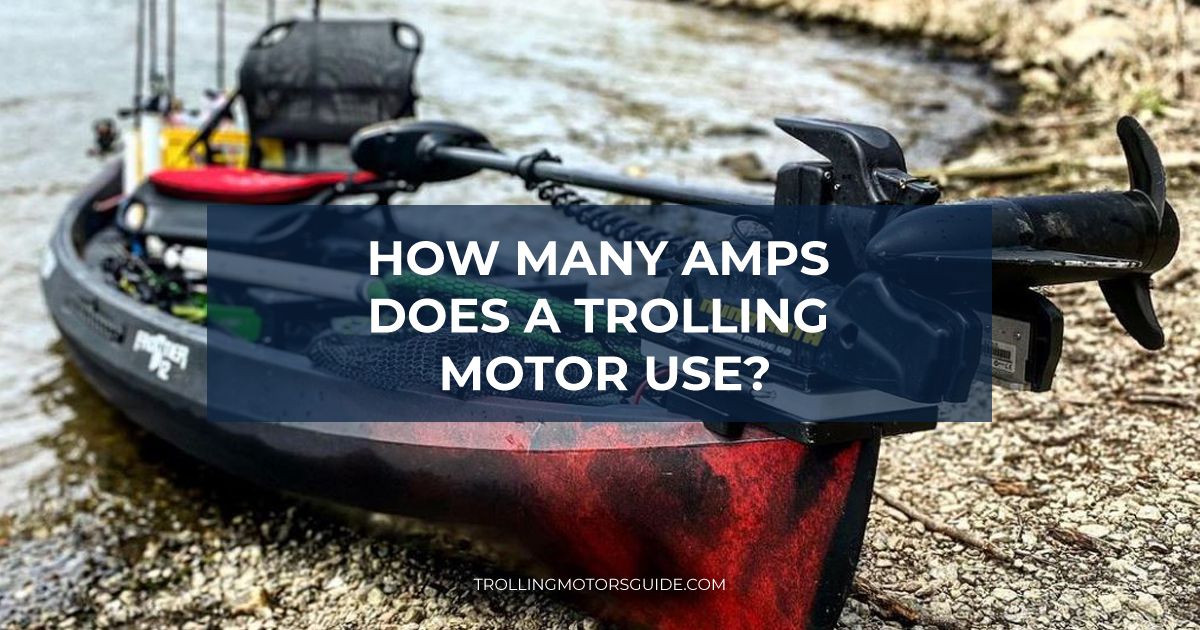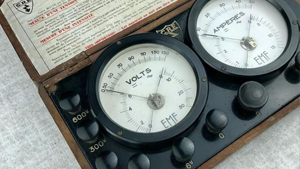
Before buying a trolling motor, every customer wonders how long it’s going to last. This is one of the most important criteria of choice. And aside from the quality of the motor, the brand, the type, etc., amperage matters a lot.
There are two measurements that matter:
- How many amp-hours the motor supports;
- What the trolling motor amperage draw is.
To understand amperage, you need to understand how the battery works at all.
To Begin: All Things Battery
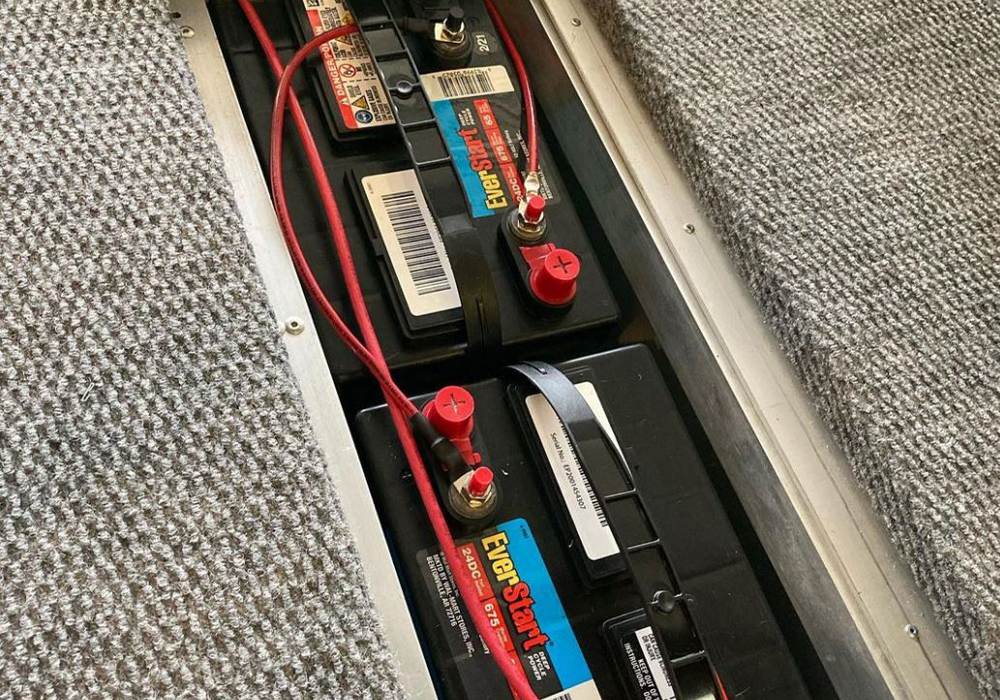
This section might sound too obvious even for boat enthusiasts and amateurs. However, although everyone knows the purpose and basic operation of a battery, when it comes to types, many people get lost.
The battery in a trolling motor is used to store extra energy for use when necessary.
Boat batteries are similar to the ones in cars, so let’s talk about those for a bit.
A car battery is usually a “floating one”. This means there’s a battery case in which acid flows, covering lead plates. There are many types of such energy holders, even though most people underestimate this knowledge due to the fact that they all look similar.
Measurements
The next important thing to know is the measurements. Here, we have:
- Amps hours;
- Cranking amps.
Amps hours is a measurement telling how many amps are delivered in a number of hours.
Let’s take the easiest 100 amp hour battery. It will either use:
- 20 amps for 5 hours;
- 1 amp to 100 hours.
The base of this data is a simple formula: Amp x Hours.
If there’s no information about amp hours on your battery, there should be the letters RC, which means the energy pack is Reverse Capacity. This means that in 10.5 volts and at around 80F, the battery will draw 20 amps in a certain number of minutes.
If it’s too difficult for you, it’s easy to convert reverse capacity amperage into amp hours. Use the formula RC/2.4.
Cranking amps is the number of amps your battery can give in 32F for 30 seconds. There’s another type called cold cranking amps which represents the same measurement but at 0F. CAs work great for starter motors because in this case, you need a short yet powerful energy boost.
Finding Out How Long Your Trolling Motor Will Work
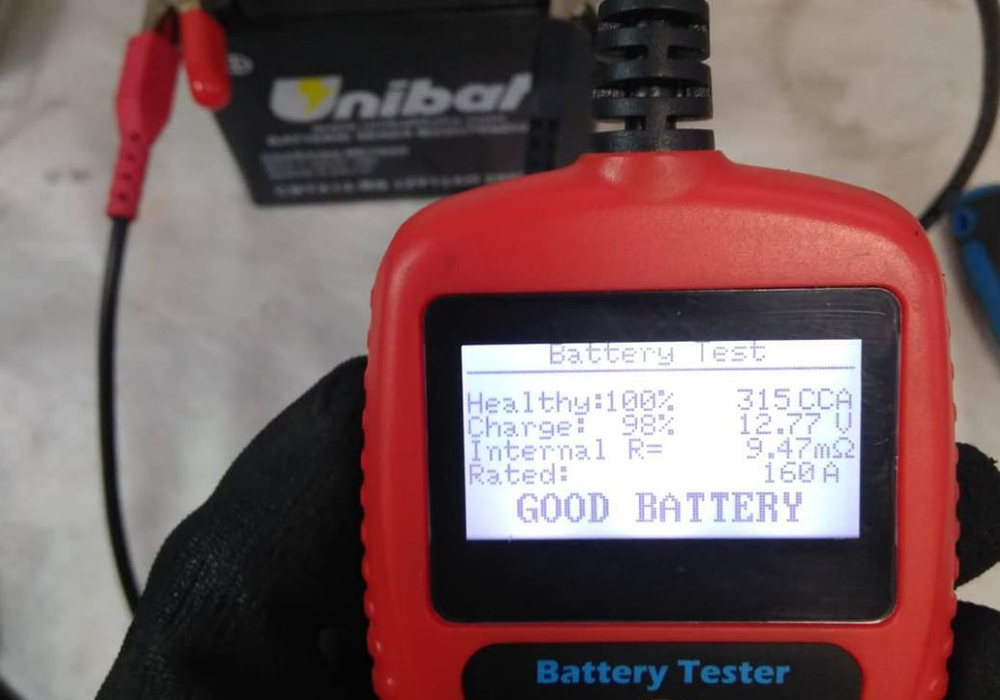
As time goes by, your battery will start to wear. This may be just because of age, but also if you don’t maintain it well. To make sure you don’t end up in the middle of a lake with a dead battery, it’s important to always know its amperage draw. In an emergency, you can calculate the speed and get to the shore without issues.
Amperage draw shows how much amp your battery draws at a speed you want to achieve. It may be difficult to find out the exact number, but the manufacturer should be able to help you with it.
So, let’s say you already know your battery amperage draw.
Now, you can find out how long your trolling motor will work:
Amp Rating / Amp Draw
Example: You have a 100-hour battery in a motor that gives 30 amps at a standard speed. Using the formula, you’ll get 3.3 hours. This is for one full charge of the battery.
Why is this tricky? Because most of the time, manufacturers include the amperage draws at the start and max speed in the specifications for their motors. So, you will have to estimate the draw at the speed you need, or contact the company to see if they can help.
If you don’t need exact numbers and are fine with estimates, take the two amp draw numbers from the user’s manual, add them, and divide by 2. This will give you a draw at 50%, which is medium speed.
You can also calculate taking the maximum speed from specifications. Using percentage, it will be tricky yet effective to find out how many amps are trolling motor use in a certain amount of time at a particular speed.
Does the Weather Impact the Amperage?
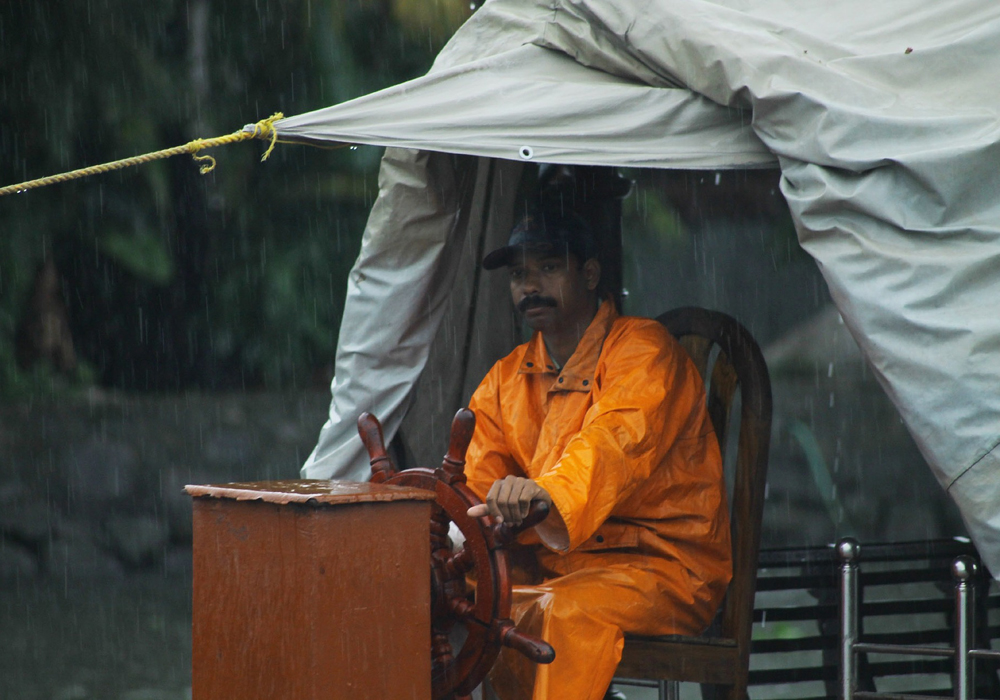
Yes, both weather and water will impact the time your trolling motor can work at one battery charge. If your boat can move at a standard speed using only 10 amps in good weather, if there are strong winds and a slight storm, you may need 20 amps or more.
When calculating, make sure you include the weather factor and optimize your journey time to make sure you have enough amps left to get back to the shore.
The Solution
In case you need more time for the trip, the best solution may be a larger trolling motor. It’s bulkier and may be more difficult to install and maintain. However, it also offers a similar thrust and uses fewer amps for the same period of time at the same speed. This may significantly increase your run time.
What’s a Marine Battery?
Marine batteries are a combination of two types often used in cars:
- A standard one with lead drilled plates in acid. They have maximum contact with the liquid, which produces the best results powerwise. Such batteries accumulate energy quickly in a short period of time. Cranking amps are used for this type.
- Pros: you get power just in time;
- Cons: the battery exhausts quickly.
- A deep cycle battery with whole plates is another type. Either amp hours or reverse capacity rates are used to measure these batteries. They are used in applications where you need slow, steady power input: golfing carts, trolling motors, etc.
- Pros: they last much longer and are very stable;
- Cons: you need more time to get enough power.
A perfect marine battery for a trolling motor is a hybrid of these two.
The plates aren’t drilled too much, which offers the best of both worlds. While this is a standard marine battery, it’s not often used in trolling motors.
For that application, it’s better to go for a deep cycle one. The motor will work for a much longer time then, due to the higher RC or amp-hour rate.
The Last Words
For a beginner, it may be very difficult to get familiar with amperage, draw, and other terms. However, the formulas get pretty easy when you use them for the second, third time, etc. Remember that a deep cycle battery is the best for a trolling motor and that you should always know the draw to make proper calculations.
If you need more run time, a larger motor will help a lot. And never underestimate the weather and water conditions when planning your next trip.
